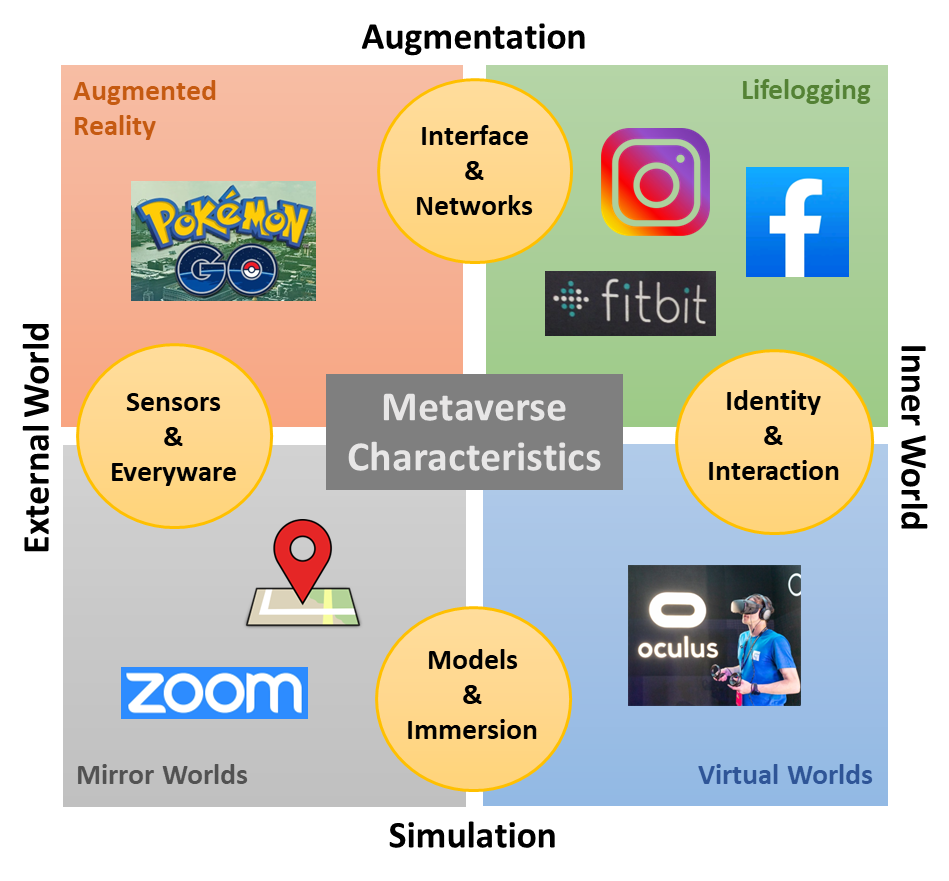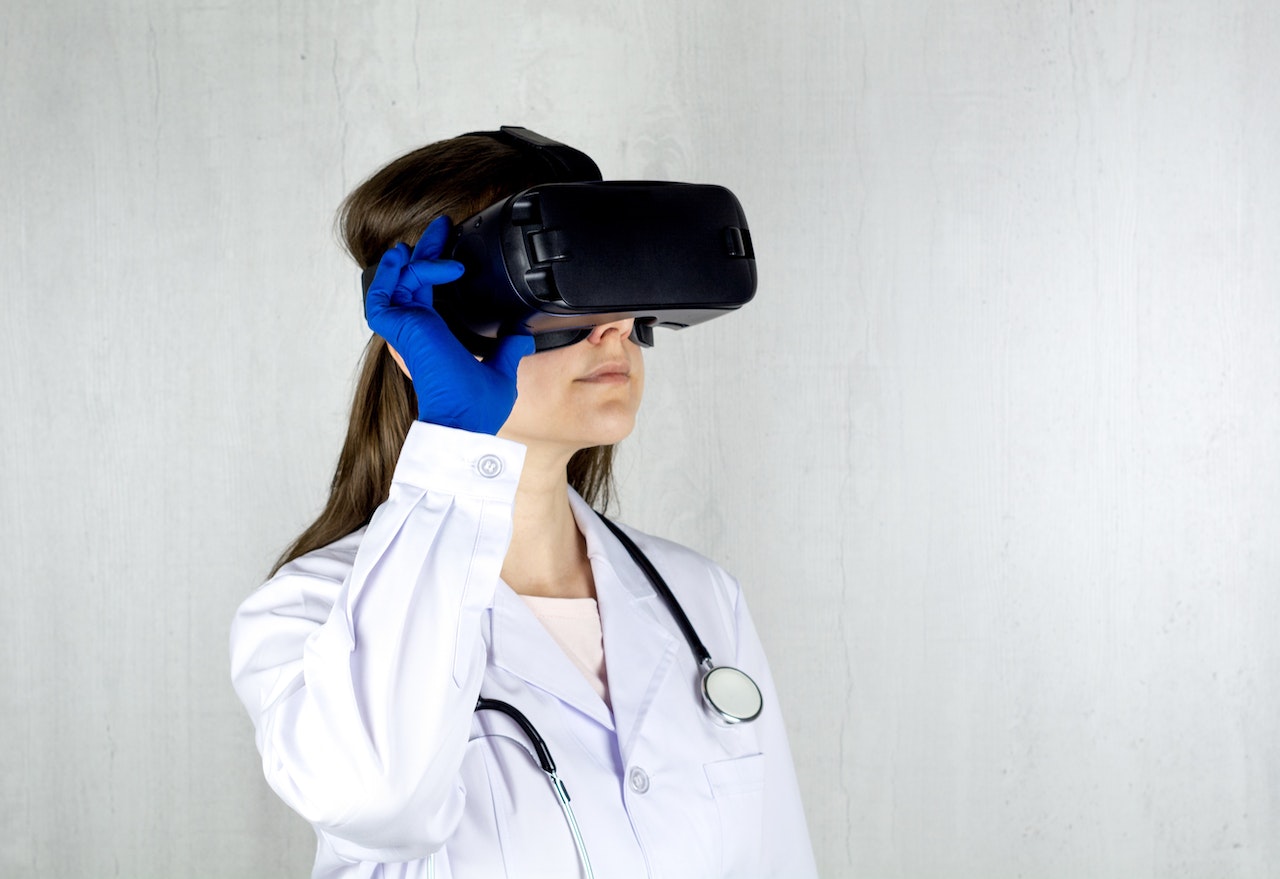The “Metaverse” has become a new buzzword after Mark Zuckerberg (CEO of Meta) presented his vision at the end of 2021. Since then, many tech companies and large organizations have jumped on the metaverse bandwagon, as it is expected to bridge the physical and digital worlds in a way like no other by enhancing the immersive experiences of users. In fact, Gartner (a leading technology research and consulting firm in the US) predicts that in less than 5 years, 25% of people will spend at least 1 hour per day to carry out their activities in the Metaverse for daily activities such as working, education, shopping and other forms of entertainment.1 But what is the metaverse? Is it only a fad or does it have a place in healthcare and surgery?
I had previously written a post on the potential of the Metaverse in Healthcare and Healthcare Education. Here, I explore how metaverse technologies have been used in the surgery domain.
What is the Metaverse?
Interestingly, while many of us claim that we know what the metaverse is, not everyone has the same idea of what it looks like. In simple terms, the metaverse is a collective shared open space in which the physical and digital worlds are virtually enhanced, such that it offers users an immersive experience.
There are several characteristics of the metaverse that have been described in the literature. These characteristics can be classified into 4 main types:
- Augmented Reality (AR): This technology superimposes a virtual object in the real-world or physical environment (e.g. Pokemon Go);
- Lifelogging: This technology captures, stores and shares everyday information and experiences of users (e.g. Facebook, Instagram, Fitibit);
- Mirror Worlds: This technology reflects the real world, but additionally integrates external environmental information (e.g. Google Maps, Zoom); and
- Virtual Worlds: This technology is what we know of as virtual reality (VR), which involves virtual objects in a virtual environment, where users interact and explore through avatars (e.g. Oculus headsets).
In fact, many of the isolated activities that we currently know of that use VR and AR in healthcare and healthcare education is envisioned to eventually take place in the metaverse!

Applications of Metaverse Technologies in Surgery and Healthcare
The surgical metaverse is envisioned to incorporate a combination of digital technologies, including AR, mixed reality (MR, where users can navigate and interact with the virtual and physical objects and environments in real-time, usually in the form of holograms), artificial intelligence (AI) and 5G networks.2,3 Already, various academic and healthcare institutions are exploring MR technologies in the attempt to tap into the metaverse. A recent review had categorized MR surgical applications into those for:4
- Preoperative and interventional planning (e.g. in cardiovascular surgery, orthopedic surgery, otolaryngology and maxillofacial surgery, oncological surgery, urology);
- Intraoperative and interventional guidance (e.g. in neurosurgery, interventional cardiology and cardiovascular surgery, orthopedic surgery, otolaryngology and maxillofacial surgery, oncological surgery, urology, interventional radiology, plastic and reconstructive surgery, pulmonary surgery); and
- Surgical and interventional training and education (e.g. in hip arthroplasty, otolaryngology and maxillofacial surgery, neurovascular surgery, cancer surgery).
The potential benefits of using MR in surgery include improved visualization of structural anomalies, improved surgical planning and execution, improved clinician-patient communication and patients’ understanding of their conditions, decreased patient anxiety, facilitating real-time interactions and collaborations, improved surgical confidence and easing of the learning curve in surgical education and training, among others.
Locally, the National University of Singapore (NUS) Yong Loo Lin School of Medicine collaborated with the National University Health System (NUHS) and Microsoft last year to use holographic MR technology to train medical and nursing students on clinical procedural skills like inserting a cannula and inserting catheters in urinary tracts.5 This was following the use of the MR technology in NUHS to aid neurosurgeons locate brain tumors in brain surgeries.6 Previously, the Singapore General Hospital (SGH) had also used MR to train nurses on trauma resuscitation.7 But has healthcare and surgery entered the metaverse?
In fact, it has! In 2021, the Seoul National University (SNU) Bundang Hospital introduced a training course on lung cancer surgery on a metaverse platform.8 Using their smart operating room armed with high-resolution 360-degree VR cameras, a surgery was broadcast to the participants of the 29th Online Conference of the Asian Heart and Thoracic Surgery Society, where they viewed lectures and collaborated in discussions about the surgery in real-time. Closer to home, the SGH Pharmacy Department, in collaboration with the School of Psychology and Public Health at La Trobe University (Australia), also started exploring the metaverse as part of their education last year. Participants could navigate the Eduverse (educational metaverse), which was designed as a virtual art gallery, synchronously as part of a “guided tour” or asynchronously at their own time to explore the portraits, mini-lecture presentations and three-dimensional (3D) artifacts related to the topic of telehealth and virtual care (see video).
The metaverse is not yet matured for surgery, but its potential for use in clinical practice and education/training is indeed exciting. It will take many more years before the metaverse is adopted mainstream. However, we should expect to see more healthcare applications come to pass as we transition into the new post-COVID digital era. The metaverse will be an intriguing place to navigate.
References:
- Wiles J. What is a metaverse? And should you be buying it? Updated 21 Oct 2022.
- van Leeuwen FWB, van der Hage JA. Where robotic surgery meets the metaverse. Cancers (Basel). 2022;14(24):6161.
- Checcucci E, Cacciamani GE, Amparore D, et al. The metaverse in urology: Ready for prime time. The ESUT, ERUS, EULIS, and ESU perspective. Eur Urol Open Sci. 2022;46:96-98.
- Vervoorn MT, Wulfse M, Van Doormaal TPC, Ruurda JP, Van der Kaaij NP, De Heer LM. Mixed reality in modern surgical and interventional practice: Narrative review of the literature. JMIR Serious Games. 2023;11:e41297.
- Microsoft News Center. Medical education goes Holographic with mixed reality from Microsoft. Updated 11 Jan 2022.
- National University Health System. NUHS embarks on holomedicine research in Singapore, using mixed reality (MR) technology to enhance patient care. Updated 12 Aug 2021.
- HelloHolo. SGH – Trauma resuscitation. 2019.
- Koo H. Training in lung cancer surgery through the metaverse, including extended reality, in the smart operating room of Seoul National University Bundang Hospital, Korea. J Educ Eval Health Prof. 2021;18:33.
